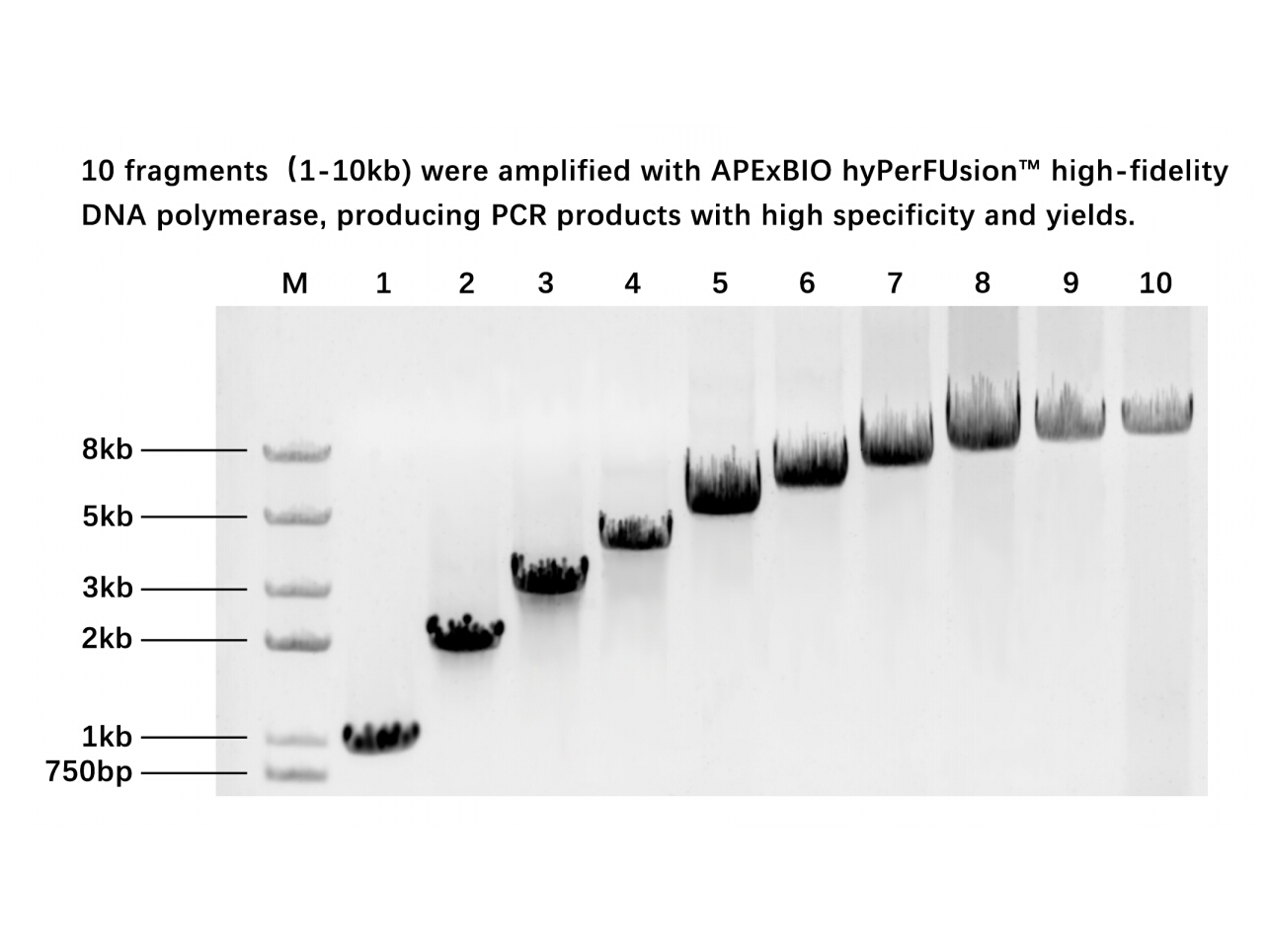Archives
- 2025-10
- 2025-09
- 2025-03
- 2025-02
- 2025-01
- 2024-12
- 2024-11
- 2024-10
- 2024-09
- 2024-08
- 2024-07
- 2024-06
- 2024-05
- 2024-04
- 2024-03
- 2024-02
- 2024-01
- 2023-12
- 2023-11
- 2023-10
- 2023-09
- 2023-08
- 2023-07
- 2023-06
- 2023-05
- 2023-04
- 2023-03
- 2023-02
- 2023-01
- 2022-12
- 2022-11
- 2022-10
- 2022-09
- 2022-08
- 2022-07
- 2022-06
- 2022-05
- 2022-04
- 2022-03
- 2022-02
- 2022-01
- 2021-12
- 2021-11
- 2021-10
- 2021-09
- 2021-08
- 2021-07
- 2021-06
- 2021-05
- 2021-04
- 2021-03
- 2021-02
- 2021-01
- 2020-12
- 2020-11
- 2020-10
- 2020-09
- 2020-08
- 2020-07
- 2020-06
- 2020-05
- 2020-04
- 2020-03
- 2020-02
- 2020-01
- 2019-12
- 2019-11
- 2019-10
- 2019-09
- 2019-08
- 2019-07
- 2018-07
-
Given the widespread occurrence of
2019-11-28

Given the widespread occurrence of oncogene-induced RS and the increasing clinical interest in small molecule inhibitors that further exacerbate RS in human cancers (such as ATR inhibitors), our findings point to a protective role for RAD52 in the maintenance of cancer cell viability. As such, RAD5
-
AAG has a broad substrate specificity
2019-11-28

AAG has a broad substrate specificity and besides 3-methyladenine can excise other altered purine residues, such as the minor lesions hypoxanthine and 1, N6-ethenoadenine from DNA. AAG initially activates these neutral base lesions by protonation of the base to allow for general TC 14012 synthesis
-
br Sphingosine kinase One of
2019-11-28

Sphingosine kinase One of the enzymes closely related to DGKs are the sphingosine kinases (SKs). These enzymes catalyze the conversion of sphingosine (Sph) to sphingosine-1-phosphate (S1P). SKs and DGKs are closely related lipid kinase in term of basic enzymology and the mechanism of regulation a
-
Previously we had proposed three possible models with one
2019-11-28

Previously we had proposed three possible models, with one being that hCrm1 fundamentally interacted more favorably or strongly with Rev-RRE complex, compared to mCrm1. We decided to test that model, which was the simplest and most straightforward, by both biochemical and genetic means. By using bac
-
PF 04418948 synthesis br Acknowledgments We would like to th
2019-11-28

Acknowledgments We would like to thank the Bloomington Stock Center and the Vienna Drosophila RNAi Center for stocks used in this study. RMG was supported in part by a Professors grant to R. Losick from the HHMI and this work was supported by NSF grant 074578 to A.A.N. Introduction The catabo
-
br Progestogens and autoimmune diseases br
2019-11-27

Progestogens and autoimmune diseases Conclusion Take-home messages Introduction The benefits of breastfeeding for both women and their infants are considerable [1], [2], [3]. The World Health Organization (WHO) recommends infants breastfeed exclusively during the first months of life [4]
-
Together the data suggests that more
2019-11-27

Together, the data suggests that more work needs to be done to establish the role of PARP inhibitors in Ewing sarcoma. As a single agent, there is some activity in Ewing sarcoma cell lines and a highly statistically significant relationship between olaparib sensitivity and EWS–FLI1 expression. Howev
-
To evaluate the new quadrupolar
2019-11-27

To evaluate the new quadrupolar CPA (qCPA) the pure fluid properties of CO2 are predicted both in the critical region and in the compressed liquid region. The model is furthermore applied for the prediction and correlation of binary mixtures with CO2 and n-alkanes, water, alcohols and a few quadrupo
-
br Conflict of interest br Acknowledgments Part
2019-11-27

Conflict of interest Acknowledgments Part of this work was supported by Institut Francais en Egypte, and the Academy of Scientific Research and Technology in Egypt under the frame of “Imhotep Project N°: 31681XL” and “STDF/IFE project N° 30630″ Introduction NSAIDs play an important role in
-
br Conflict of interest statement br Acknowledgements
2019-11-27

Conflict of interest statement Acknowledgements Introduction Spending their last days on earth having already lost many cognitive functions remains a major fear of elderly people. Although during the last century their lifespans increased, the so-called “old-age diseases” became more and mo
-
methosulfate In the present study we determined concentratio
2019-11-27

In the present study, we determined concentration–response relationships for selected synthetic progestogens using in vitro luciferase transactivation assays driven by PR, ARα and ARβ from Murray–Darling rainbowfish () and compared the profiles with those obtained from similar assays based on human
-
Sitagliptin phosphate monohydrate br Acknowledgments br Sign
2019-11-27

Acknowledgments Significance The mechanisms underlying the adverse effects of Epo-stimulating agents on the reduced survival of cancer patients are not well understood. Here, we identified EphB4 as an alternative Epo receptor, which triggers Src/Stat3 signaling via EphB4. We also showed that r
-
PKA signalling in the nucleus was thought to be due
2019-11-27

PKA signalling in the nucleus was thought to be due to the translocation of the catalytic subunit upon activation from the CGP 55845 hydrochloride to the nucleus via diffusion [72]. However, a new understanding has emerged, as both the regulatory and catalytic subunits have been identified in the n
-
QS 11 receptor The occurrence of three Ag NORs per
2019-11-27

The occurrence of three Ag-NORs per metaphase and/or a maximum of three nucleoli per nucleus in most of the varieties may be explained by chromosomal rearrangements or unequal crossing-over events that induce the deletion of the fourth active rDNA loci. Also, the chromosome pair that showed less int
-
Despite the significant increase in Bdnf mRNA levels after D
2019-11-27

Despite the significant increase in Bdnf1 mRNA levels after DNMT inhibition, the expression of Bdnf4 and Bdnf9 was unaltered. It is particularly surprising that Bdnf4 is not affected by the DNMT inhibitor, as the promoter of the Bdnf4 exon is known to be susceptible to epigenetic changes (Kotera et
15307 records 953/1021 page Previous Next First page 上5页 951952953954955 下5页 Last page